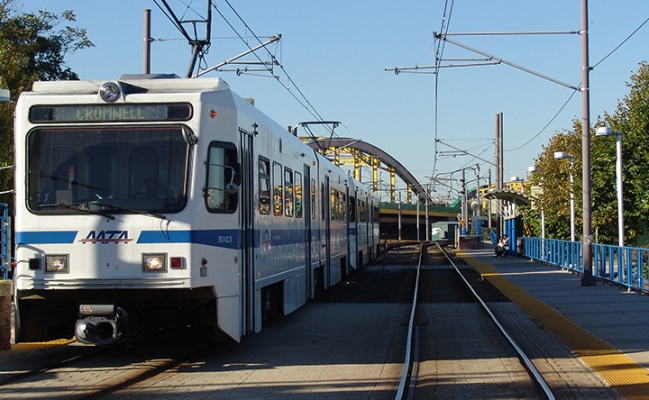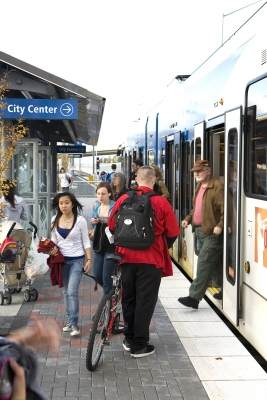The video begins at 2:00.
View slides
Abstract: Urban arterials often represent complex venues of transportation operations, co-mingling non-motorized users with transit services and a wide variety of land uses and traffic patterns. This presentation presents results related to the evaluation of a new Adaptive Traffic Control System (SCATS) on Powell Boulevard in southeast Portland. The presentation will discuss challenges and opportunities associated with the evaluation of new technologies and the development of comprehensive urban arterial performance measures.
Speaker Bio: Miguel Figliozzi is an Associate Professor of Civil and Environmental Engineering at Portland State University. His diverse research interests include transit and traffic operations, bicycle and pedestrian modes, emissions and air quality modeling, and freight and logistics. He holds a MS from the University of Texas at Austin and a PhD from the University of Maryland College Park. Figliozzi is a member of the Transportation Research Board Network Modeling Committee, Freight and Logistics, and Intermodal Terminal Design Committees. Papers, reports, and more detailed information available at Figliozzi's webpage: http://web.cecs.pdx.edu/~maf/


